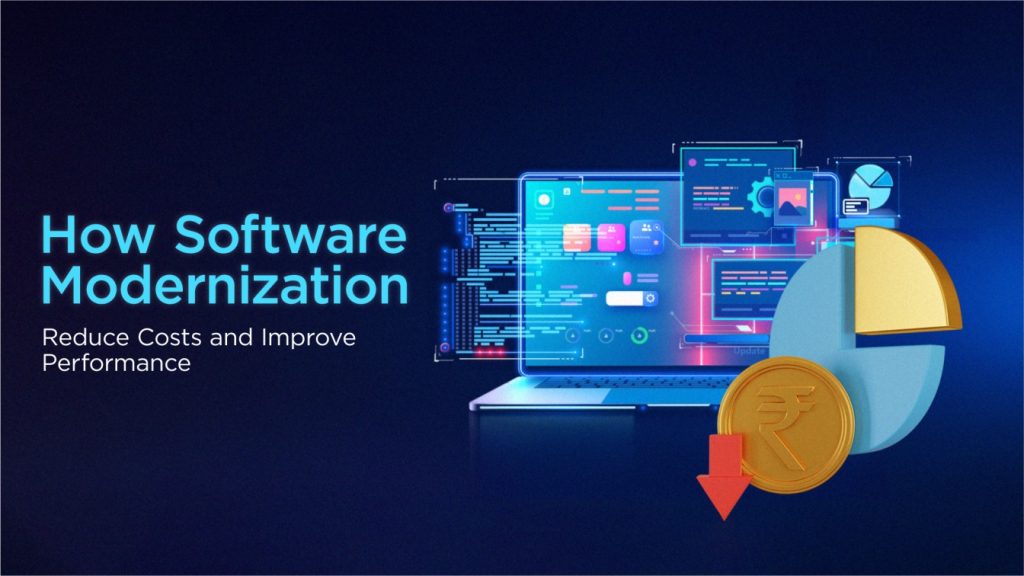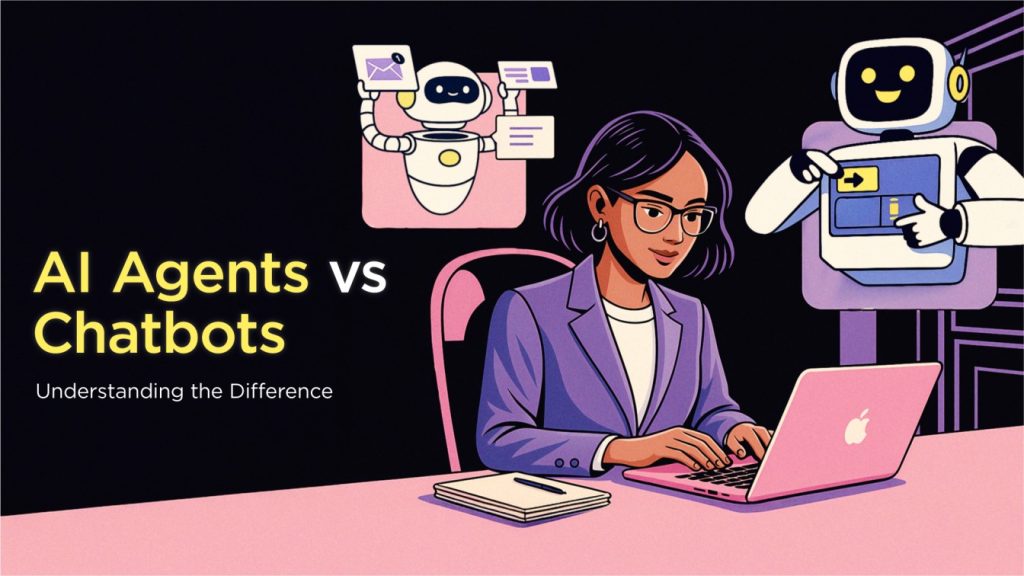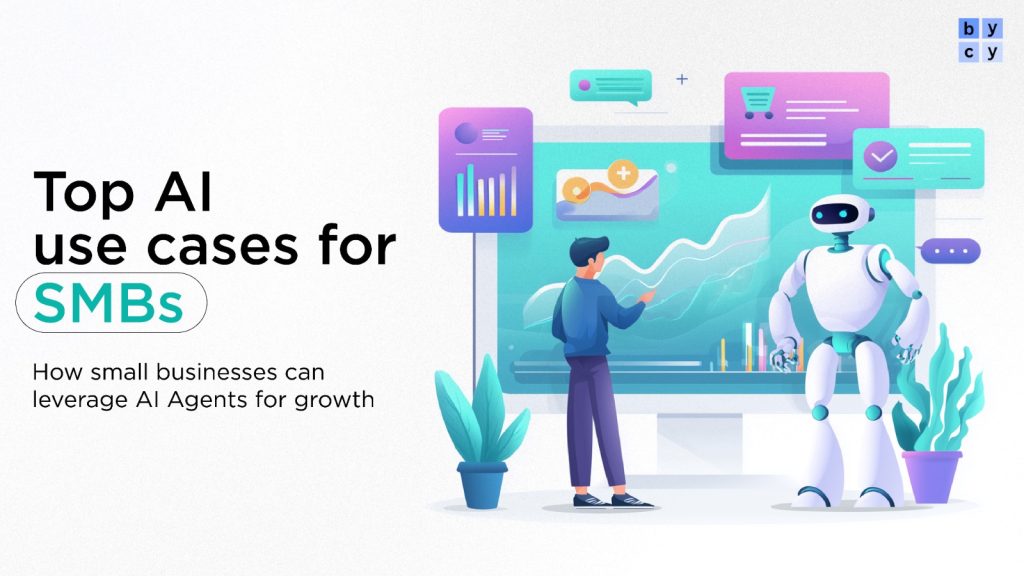Artificial Intelligence (AI) is transforming the software industry, enabling automation, enhancing user experiences, and driving data-driven decision-making. For software project managers and heads of development, integrating AI into existing software requires a strategic approach that balances business objectives, technical feasibility, and long-term sustainability. This guide provides a structured roadmap for decision-makers to implement AI effectively, with in-depth insights into each stage of the process.
1. Assessing the Business Need for AI
Key Questions for Decision-Makers
Before implementing AI, it’s crucial to align the initiative with business goals. Ask yourself:
- What specific business problem will AI solve?
- How will AI enhance existing software functionalities or create new revenue opportunities?
- What ROI can be expected, and how will success be measured?
- Is the organization prepared to handle the technological and operational changes AI will introduce?
Common AI Use Cases in Software Development
- Customer Interaction: AI-powered chatbots, virtual assistants for customer support.
- Predictive Analytics: Forecasting user behavior, market trends, and demand planning.
- Automation: Reducing manual work in data entry, software testing, and quality assurance.
- Recommendation Systems: Personalized content delivery, product recommendations in e-commerce.
- Security Enhancements: Fraud detection, anomaly identification, cybersecurity monitoring.
- Process Optimization: AI-driven workflow automation and operational efficiency improvements.
A well-defined AI strategy aligned with business goals will maximize its value and ensure smooth adoption.
2. Selecting the Right AI Model and Tools
Decision Criteria for AI Tools and Frameworks
Consider the following factors when choosing AI technologies:
- Complexity vs. Readiness: Should you use a pre-built AI model or develop a custom one?
- Scalability: Can the AI solution handle growth in data and users?
- Integration Compatibility: Will it work seamlessly with your existing technology stack?
- Cost and Infrastructure: Cloud-based AI services vs. on-premises deployment.
- Support and Maintenance: Does the chosen AI solution have long-term support and community backing?
AI Development Options
- Pre-trained AI APIs: Suitable for rapid deployment (e.g., OpenAI, Google Cloud AI, IBM Watson, Microsoft Azure AI).
- Custom Machine Learning Models: For tailored solutions requiring domain-specific data and control.
- Hybrid Approach: Using pre-trained models and fine-tuning them with proprietary data for better accuracy and performance.
3. Data Preparation: The Foundation of AI Success
Key Considerations for Data-Driven AI
- Data Availability: Do you have enough historical and real-time data?
- Data Quality: How structured, clean, and relevant is your data?
- Regulatory Compliance: Are you adhering to data privacy laws (GDPR, CCPA)?
- Data Storage & Processing: Where will data be stored, and how will it be processed securely?
Data Processing Steps
- Collect and Aggregate Data from internal and external sources, ensuring data diversity.
- Clean and Normalize Data to remove inconsistencies, duplicates, and biases.
- Feature Engineering to extract meaningful patterns for AI models.
- Ensure Data Security and Compliance to avoid regulatory risks and data breaches.
- Establish Data Governance Policies to maintain AI reliability and ethical usage.
4. AI Integration Strategies for Existing Software
Decision Path: API vs. In-House AI Development
|
Factor |
Pre-trained AI API |
Custom AI Model |
|
Deployment Speed |
Fast |
Slow (requires training) |
|
Cost |
Pay-as-you-go |
Higher upfront investment |
|
Customization |
Limited |
Highly customizable |
|
Data Dependency |
Less |
More (requires extensive training data) |
|
Maintenance |
Handled by provider |
Requires ongoing management |
For quick wins, APIs are preferable. For unique AI-driven features requiring deep customization, in-house models may be the better choice.
Technical Implementation Approaches
Backend AI Integration
- Use RESTful APIs to integrate AI functionalities such as chatbots, predictive analytics, and NLP processing.
- Deploy AI models using cloud services (AWS SageMaker, Google AI Platform) or containerized solutions (Docker, Kubernetes).
- Optimize for low latency, high availability, and fault tolerance.
Frontend AI Integration
- Implement JavaScript libraries (e.g., TensorFlow.js) for browser-based AI capabilities.
- Enhance UX with AI-driven recommendations, voice input, and predictive typing.
- Use AI to personalize dashboards and user interfaces dynamically.
5. Deployment and Scaling Considerations
Deployment Models
- Cloud-Based AI: Scalable, managed services (AWS, Azure, Google Cloud AI) with minimal infrastructure overhead.
- Edge AI: On-device AI processing for real-time applications, reducing dependency on cloud latency.
- Hybrid Deployment: Combining cloud and edge AI for optimized performance and cost efficiency.
Scaling AI Solutions
- Use microservices architecture to isolate AI functionalities and enable independent scaling.
- Implement load balancing and auto-scaling to handle traffic spikes efficiently.
- Establish failover mechanisms to prevent downtime in AI-driven features.
- Regularly update AI models based on new data and user feedback to maintain accuracy and relevance.
6. Monitoring, Maintenance, and Continuous Improvement
Performance Tracking for AI Systems
- Key Metrics: Model accuracy, response time, system uptime, user engagement levels.
- A/B Testing: Compare AI vs. non-AI features to measure effectiveness.
- User Feedback Loops: Gather insights to refine AI predictions and decisions.
- Error Handling Mechanisms: Implement robust fallback options in case of AI failures.
Retraining AI Models
- Establish a model retraining schedule (weekly, monthly, or based on performance degradation).
- Monitor bias and fairness to prevent ethical concerns and unintended discrimination.
- Fine-tune AI parameters for better efficiency, accuracy, and real-world applicability.
7. Ethical and Security Considerations
AI Governance for Software Leaders
- Data Privacy Compliance: Ensure adherence to legal frameworks (GDPR, CCPA, HIPAA if applicable).
- Bias and Fairness: Conduct fairness audits to ensure AI does not introduce unintended discrimination.
- AI Explainability: Ensure AI actions are interpretable and justifiable to users and stakeholders.
- Security Measures: Protect AI models from adversarial attacks, data breaches, and unauthorized access.
8. Making the Business Case for AI Integration
Building a Strong AI Business Case
To gain leadership and stakeholder buy-in:
- Define clear success metrics: How will AI improve operational efficiency, customer satisfaction, or revenue growth?
- Show cost-benefit analysis: Demonstrate short-term and long-term financial impacts.
- Identify risks and mitigation strategies: Address potential implementation challenges upfront.
- Provide case studies or competitor insights: Showcase how AI adoption has benefitted similar businesses.
Developing a Phased AI Implementation Roadmap
- Pilot Phase: Implement a small-scale AI feature and test performance in a controlled environment.
- Full Integration: Scale AI-powered features across the software ecosystem.
- Continuous Optimization: Regularly refine AI models based on ongoing analytics and feedback.
A well-defined AI strategy aligned with business goals will maximize its value and ensure smooth adoption.
Conclusion: AI as a Strategic Advantage
For software project managers and technology leaders, AI integration is not just a trend—it is a strategic necessity. With careful planning, the right tools, and a structured approach, AI can enhance operational efficiency, customer engagement, and revenue growth.
By following this decision-centric guide, you can confidently implement AI in your software, ensuring innovation and long-term competitiveness in the market.



